Porton Down, the government’s top-secret science and technology campus, is home to what may be the world’s deadliest freezer
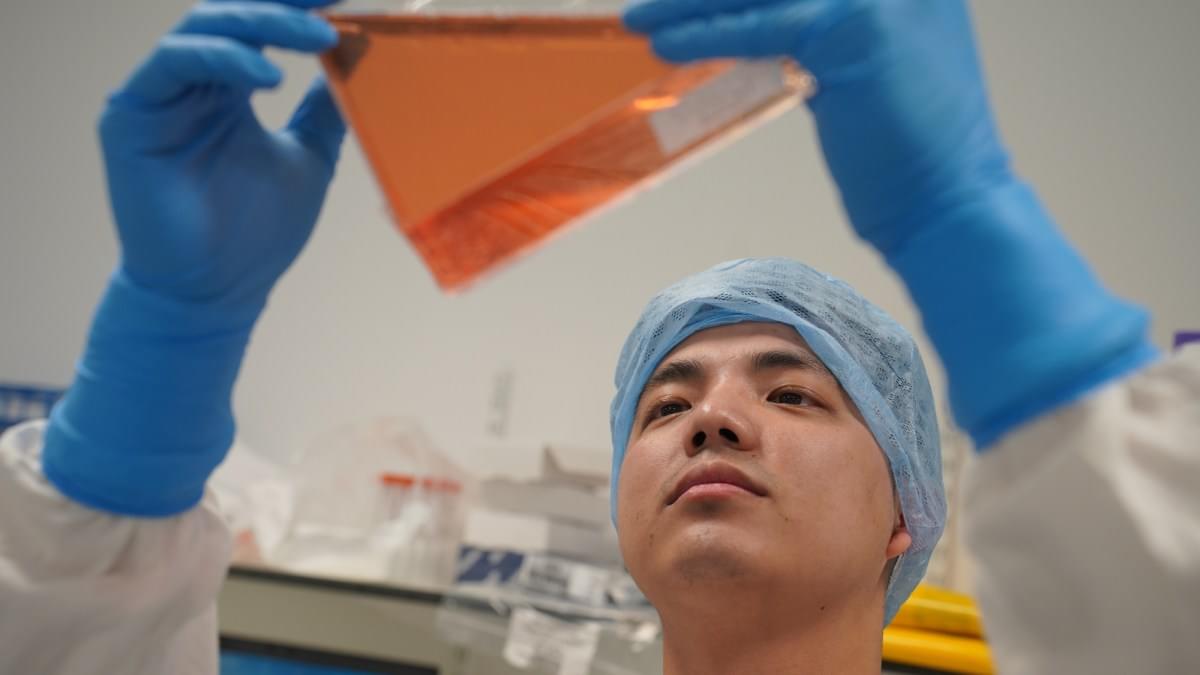

Join us on Patreon! https://www.patreon.com/MichaelLustgartenPhD
Discount Links/Affiliates:
Blood testing (where I get the majority of my labs): https://www.ultalabtests.com/partners/michaellustgarten.
At-Home Metabolomics: https://www.iollo.com?ref=michael-lustgarten.
Use Code: CONQUERAGING At Checkout.
Clearly Filtered Water Filter: https://get.aspr.app/SHoPY
Epigenetic, Telomere Testing: https://trudiagnostic.com/?irclickid=U-s3Ii2r7xyIU-LSYLyQdQ6…M0&irgwc=1
Use Code: CONQUERAGING
NAD+ Quantification: https://www.jinfiniti.com/intracellular-nad-test/
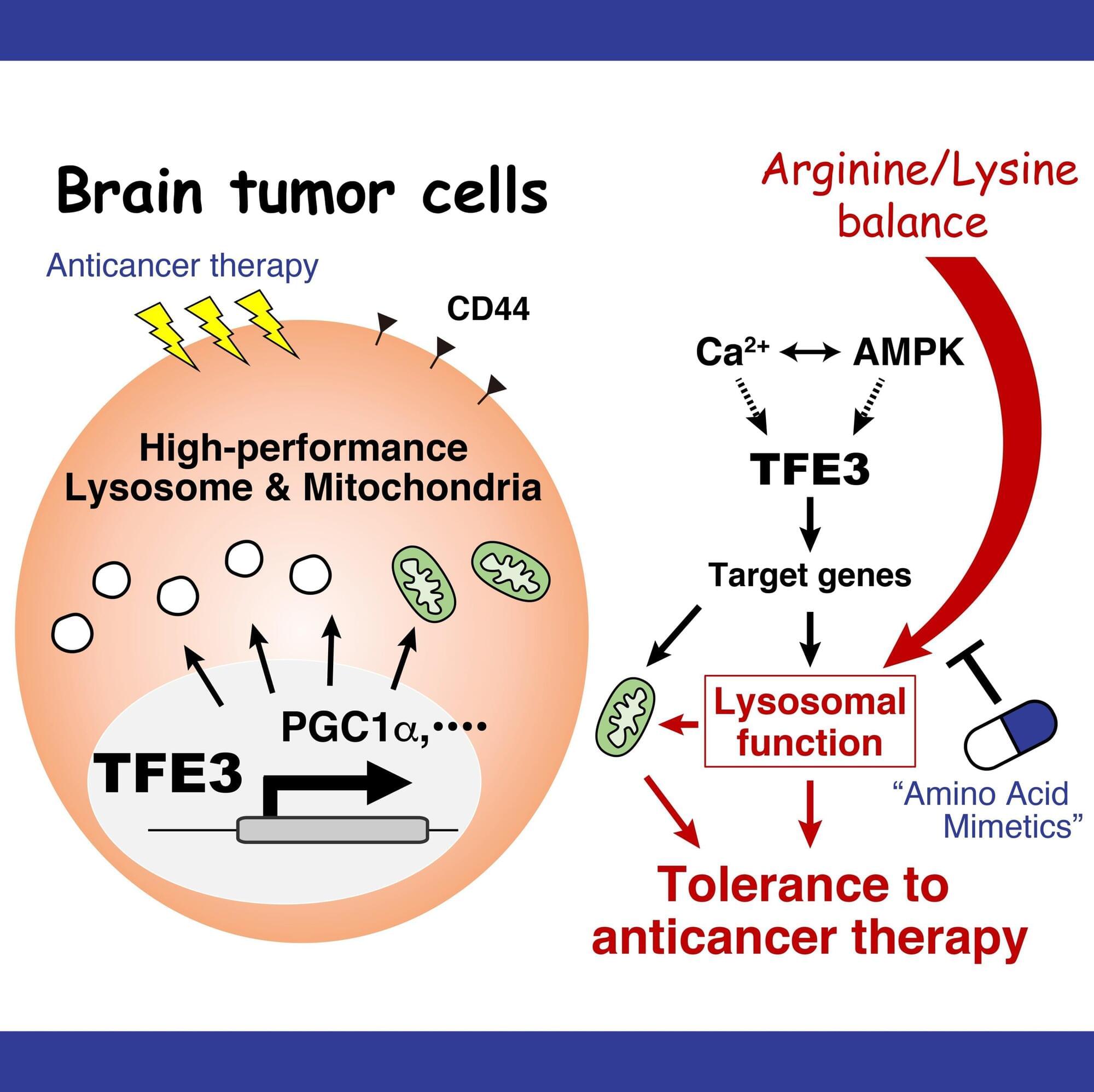
Researchers at Nano Life Science Institute (WPI-NanoLSI), Kanazawa University, report in Nature Communications on how the targeted suppression of lysosome function may lead to brain cancer therapy.
Glioblastoma is a type of brain cancer with a very poor prognosis of survival. Causes of glioblastoma are not known, and there is no method for preventing the cancer. Traditional treatment includes the drug temozolomide (TMZ). In many cases, TMZ kills glioblastoma cells, but a significant portion of patients show resistance to the drug.
Changes in the levels of metabolites—small molecules playing key roles in metabolic processes in living organisms—have been observed in TMZ-resistant glioblastoma cells, pointing to the importance of understanding and targeting metabolic pathways in the context of cancer therapy.
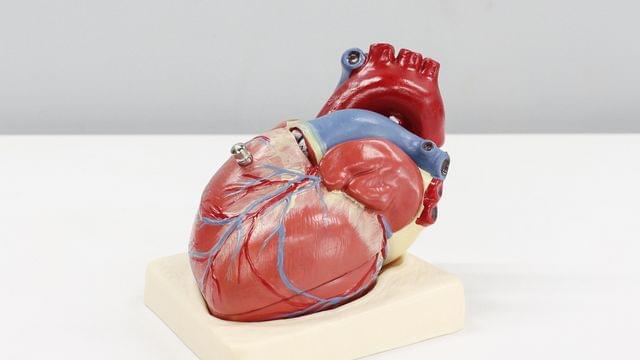
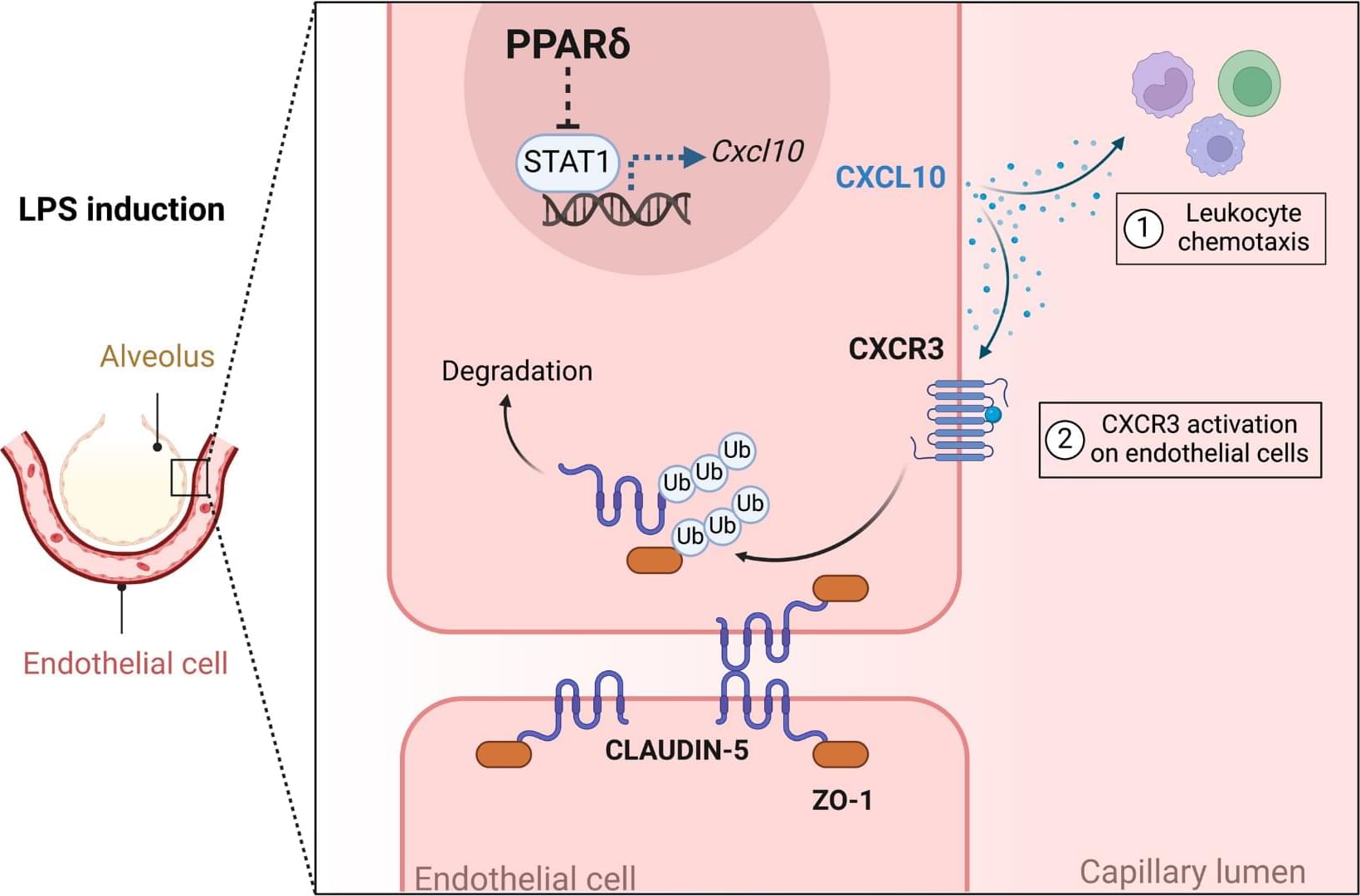

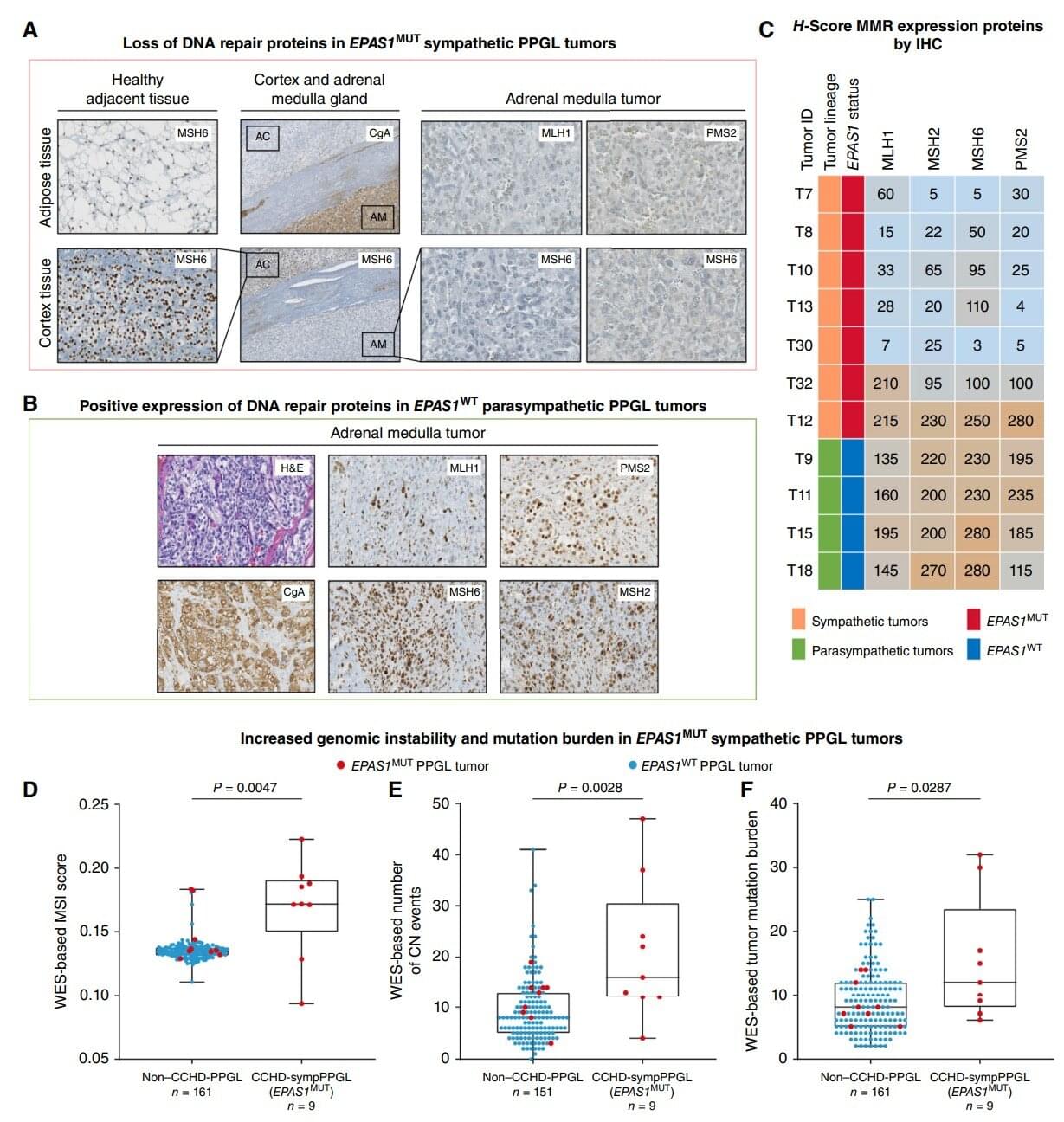
Results of a study show convergent genetic adaptation under hypoxia (lack of oxygen) between populations living at high-altitude in the Himalayan region such as Tibetans and Sherpas, and the development of oxygen-starved cancer cells. The study was directed by Rodrigo Toledo, Head of the Vall d’Hebron Institute of Oncology’s (VHIO) Biomarkers and Clonal Dynamics Group and published in the journal Cancer Discovery.
Patients with cyanotic congenital heart disease (CCHD) are chronically hypoxic and have an estimated six-fold higher risk of developing pheochromocytoma and paraganglioma (PPGL), which are associated with neuroendocrine tumors (NETs) of the adrenal glands and/or paraganglia, respectively. These cancers can continue to grow and proliferate under chronic hypoxia.
“With this study, we aimed to achieve deeper insights into how tumors can survive, grow, and even metastasize under low oxygen conditions, known as hypoxia. Our findings reveal a broad convergence in genetic adaptation in tumors that continue to develop and grow under hypoxia, and in high-altitude populations who thrive in such a challenging environment,” said Toledo, corresponding author of this present article.

I-motif DNA structures are thought to form in cytosine-rich regions of the genome and to have regulatory functions; however, in vivo evidence for the existence of such structures has so far remained elusive. Now an engineered antibody that is selective for i-motif structures has been developed and used to detect i-motifs in the nuclei of human cells.

A new hope for diabetes patients: reprogrammed stem cells achieve insulin independence.
In a pioneering medical breakthrough, scientists in China have successfully reversed type 1 diabetes in a patient by reprogramming her own fat cells into insulin-producing pancreatic cells. This revolutionary approach offers a promising alternative to current diabetes treatments and could pave the way for a potential cure for millions of people affected by this chronic autoimmune disease. The patient involved in the study remains free from insulin injections more than a year after receiving the experimental treatment, highlighting the potential of stem cell therapy as a game-changer in diabetes care.

Much as a pilot might practice maneuvers in a flight simulator, scientists might soon be able to perform experiments on a realistic simulation of the mouse brain. In a new study, Stanford Medicine researchers and collaborators used an artificial intelligence model to build a “digital twin” of the part of the mouse brain that processes visual information.
The digital twin was trained on large datasets of brain activity collected from the visual cortex of real mice as they watched movie clips. It could then predict the response of tens of thousands of neurons to new videos and images.
Digital twins could make studying the inner workings of the brain easier and more efficient.